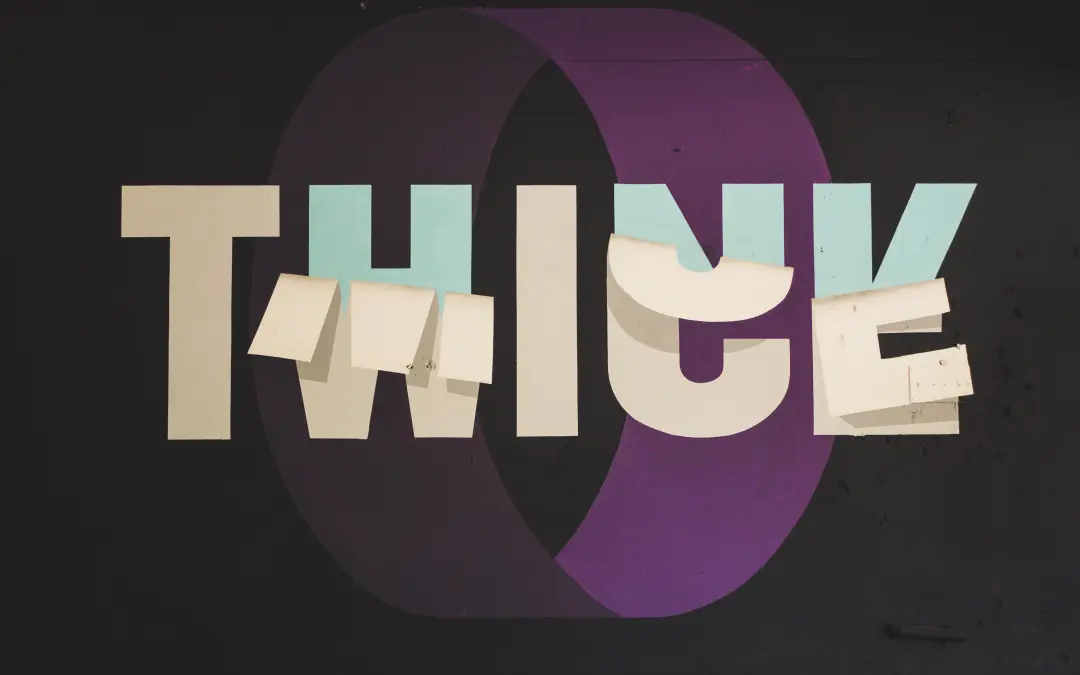- 06 April 2021
- Announcements
- 24 Comments
The Brains Behind the Blockchain Revolution

Picture a typical example of middle management and you probably wouldn’t envisage Moritz von Bonin. Semi-employed by Deutsche Bahn on a part-time basis, this former industrial engineering student is also a trained carpenter and owner of his own bee-keeping business. However, von Bonin doesn’t exactly adhere to a conventional workload when it comes to his chief employer. If pushed to provide a title to reflect his work with the state-owned rail business, the answer would probably read along the lines of “Head of Blockchain”.
With a total of 25 direct reports working under him, von Bonin is charged with implementing new initiatives and special projects that utilise the innovative technology behind the likes of Bitcoin and other leading cryptocurrencies. This newly created role sees von Bonin consider blockchain technology and its uses, identifying how it might be utilised to help the company as a whole. In short, it’s approaching the blockchain through a corporate gaze, seeing how the technology can be used to streamline existing company processes, making them more transparent and ultimately better for all concerned.
The much publicised technology at the root of the blockchain has some very exciting prospects and an endless array of applications for pretty much every business model. A shake-up of business processes with speed efficiency as the goal is a rather simplistic aim. However, since late 2016, von Bonin and his team have been hard at work studying how best to incorporate blockchain technology into company infrastructure. In that time, the team has considered in excess of 120 different applications. It’s not unusual to see such enthusiasm, with the energy sector already actively utilising blockchain technology within its overall operations. The railway industry, along with several other key economic sectors, are not far behind.
The mass market of the general public might still carry significant weariness of cryptocurrency, unsure of its rapid swings in fiscal value and how it might financially benefit them. What’s more, ask any member of the public on the street for a general explanation of how cryptocurrency works and you’ll likely be met with scratched heads and uncertain answers. However, one thing’s for sure – the blockchain technology that’s long been at work behind the scenes of the cryptographic sector has now established itself as something beyond its cryptocurrency applications. The blockchain is much more than a means of ensuring hassle-free currency exchanges. It can also be utilised to organise just about any type of exchange within a digital environment. This is something that’s incredibly exciting in terms of prospects to industry sectors outside of banking and financial services.
Everywhere you look, the topic of blockchain is alight with interest and engagement. Dialogue on the matter is rife, with conferences held on an almost weekly basis to discuss its prospective applications. In fact, within Germany’s governmental coalition agreement, the term blockchain appears no less than half a dozen times. Away from all the chatter, however, the question needs to be asked just how far have we come in terms of the blockchain bubble and cryptographic revolution? Where can we feasibly go next? What can we realistically expect to do with the technology?
Experts in the field will reassuringly advise that the potential for and promise of said technology is massive. It might be early days in terms of relevant testing and application experimentation, but plans for the technology and prototype models for applications are quickly emerging. However, at the moment, instances of actual application examples are uncommon.